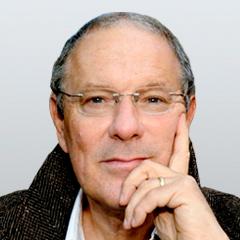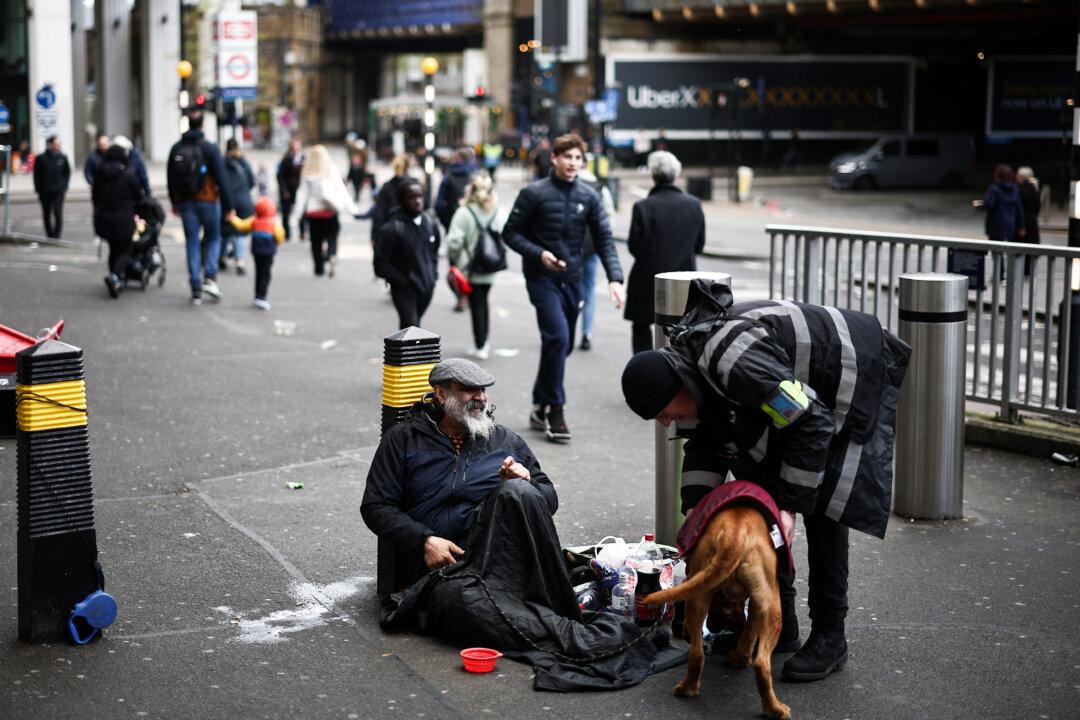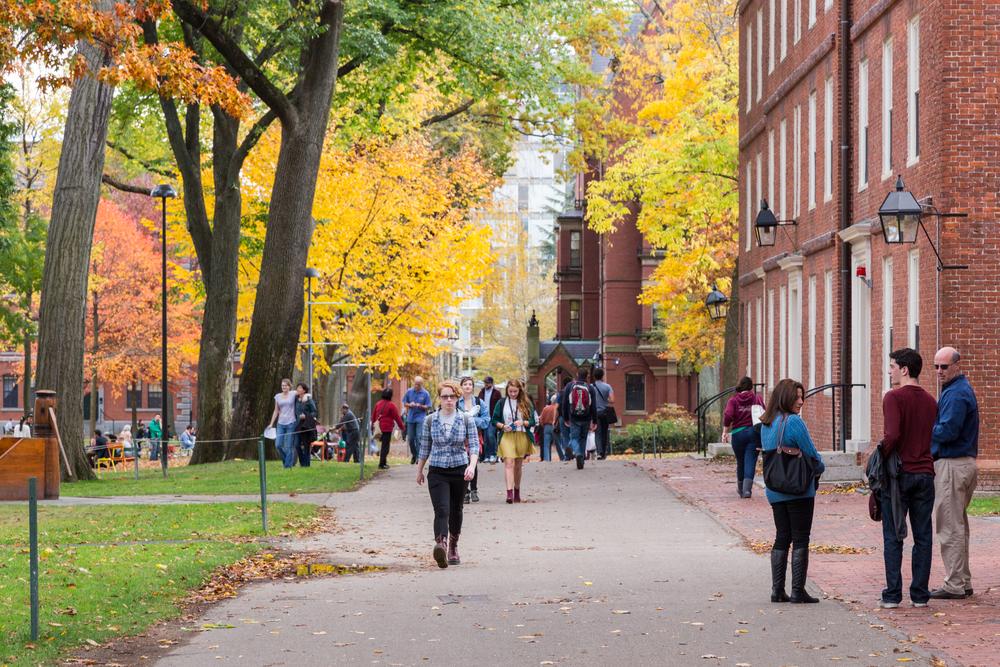Commentary
You might be forgiven for wondering who won the Cold War, so prevalent have Stalinist and even Maoist ideas and procedures become in the West, especially in the academy and among intellectuals. It seems almost as if we are reliving the 1930s, when similar groups of people, in response to the economic crisis and dislocation of the times, were captivated by the supposed charms of totalitarianism.





